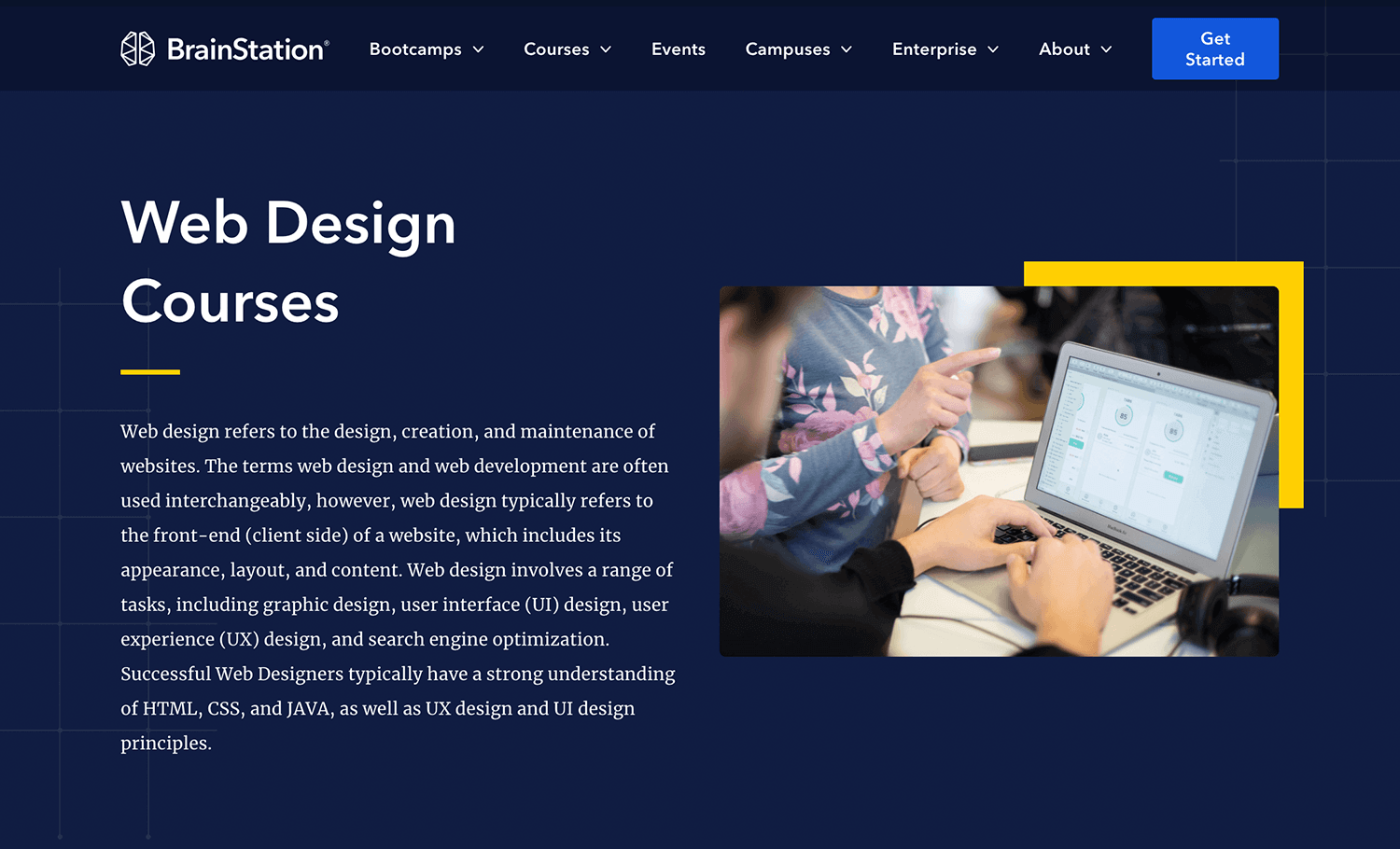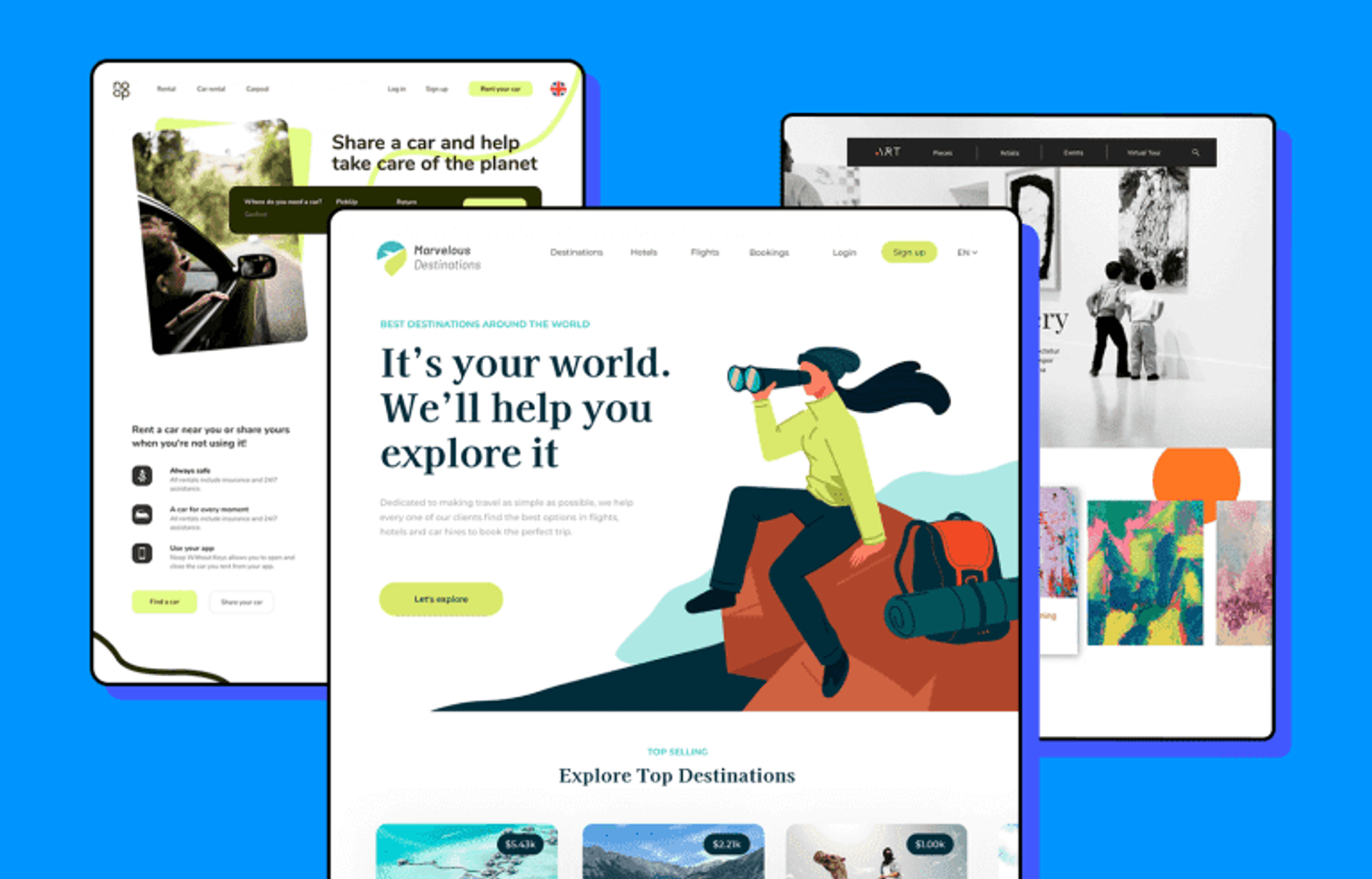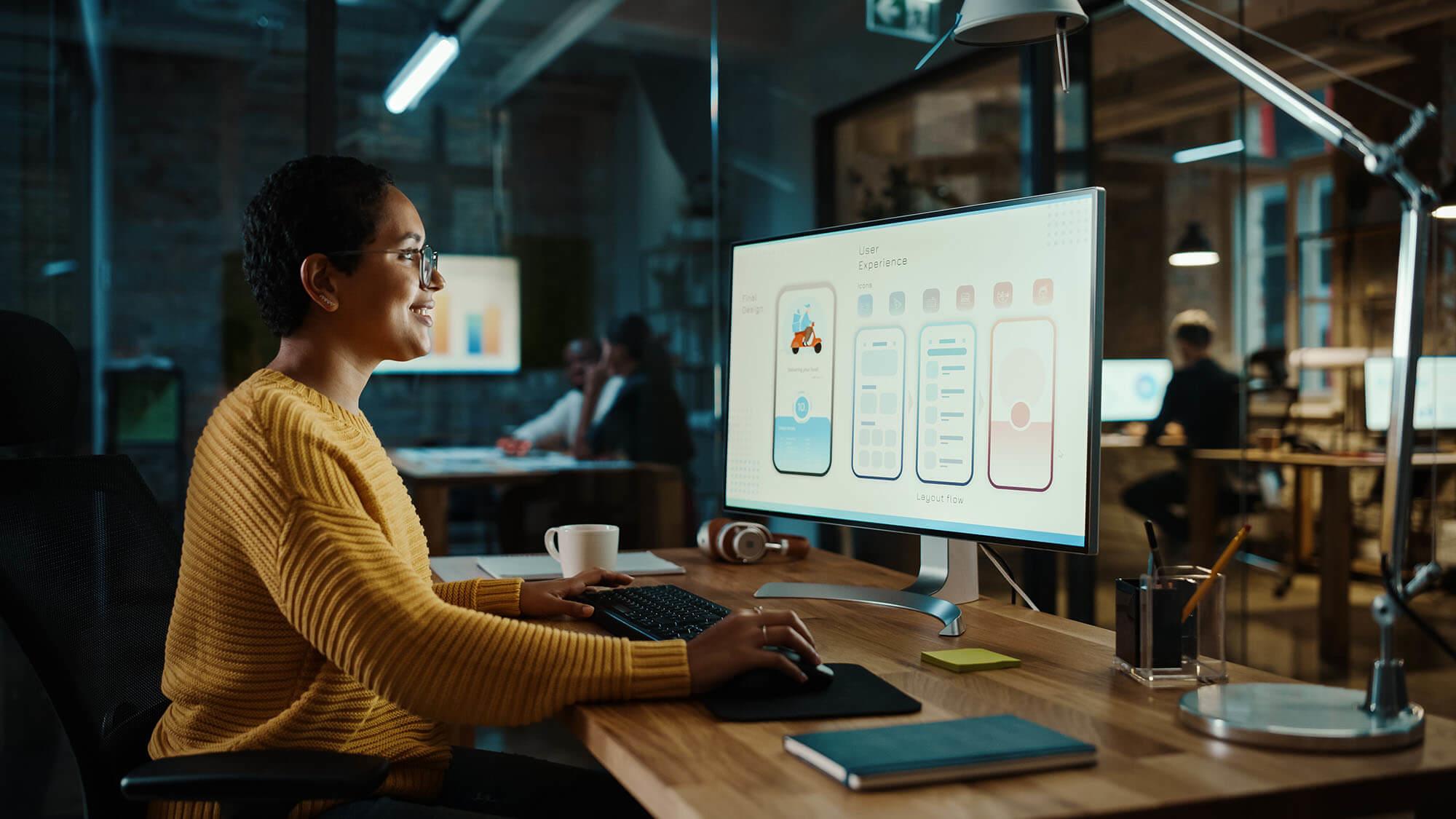Aligned Position Web Design: Delivering High-Quality, User-Friendly Web Designs for Every Industry
Aligned Position Web Design: Delivering High-Quality, User-Friendly Web Designs for Every Industry
Blog Article
The Very Best Kinds of Web Design to Improve Customer Experience and Involvement
In the ever-evolving landscape of digital interaction, the efficiency of Web design considerably impacts customer experience and engagement. Numerous design techniques, such as minimal, responsive, and interactive layouts, each deal unique advantages that can cater to varied individual needs.
Minimal Website Design
As electronic landscapes become significantly messy, minimalist Web design has become a powerful technique to boosting user experience. This layout approach focuses on simplicity, concentrating on important components while getting rid of unnecessary distractions. By making use of ample white space, simple navigation, and a minimal shade combination, minimal style fosters clarity and directs customer focus to essential content.
The core concept of minimal Web layout is to produce a seamless interaction for individuals. By reducing cognitive lots, customers can swiftly realize info without really feeling bewildered. This straight approach not just enhances functionality yet likewise urges involvement, as site visitors are more probable to explore a site that is very easy and visually attractive to navigate.
Additionally, minimal style frequently emphasizes typography and imagery, making use of these aspects strategically to convey messages efficiently. In essence, minimalist Web layout is not simply a trend; it is a thoughtful method that identifies the significance of user-centered layout.
Receptive Web Layout
In today's varied digital setting, responsive website design has actually become important for creating a seamless individual experience across a wide range of devices. As customers accessibility web sites on smart devices, desktops, laptops, and tablet computers, the ability of an internet site to adapt its design and web content to different display dimensions and resolutions is important.
Responsive Web design uses flexible grids, photos, and CSS media questions to make sure that Web material exists ideally, regardless of the gadget utilized. This technique not just enhances the visual charm of an internet site but likewise substantially boosts usability. Individuals are more probable to engage with a website that uses a consistent experience, as it gets rid of the aggravation of having to zoom in or scroll excessively.
By taking on receptive style, organizations can boost their visibility and get to a more comprehensive target market. In summary, receptive Web style is a basic technique that enhances user experience, involvement, and total complete satisfaction.
Interactive Web Style
Receptive website design prepares for boosting individual experience, yet interactive Web design takes this a step even more by engaging customers in a much more dynamic means - Aligned Position Web Design. By incorporating components such as computer animations, clickable models, and real-time feedback, interactive website design mesmerizes individuals, attracting them right into a richer browsing experience
This strategy not just promotes interaction however also motivates customers to explore material proactively as opposed to passively eating it. Techniques such as gamification, where individuals earn rewards for completing tasks, can considerably boost the time spent on a site and improve overall contentment. Interactive features can simplify complex info, making it more absorbable and enjoyable.

Including interactive design aspects can additionally result in greater conversion rates, as customers are more probable to engage with a site that proactively entails them. Aligned Position Web Design. Ultimately, interactive website design changes individual experiences right into unforgettable journeys, guaranteeing that visitors return time and again
Flat Style
Defined by its minimalistic strategy, flat style stresses simpleness and performance, stripping away unnecessary elements and focusing on vital attributes. This design philosophy focuses our website on functionality, guaranteeing that individuals can navigate user interfaces easily and efficiency. By employing a clean aesthetic, level design gets rid of the clutter usually discovered in extra ornate styles, thereby boosting user concentrate on web content and capability.
The hallmark of flat style hinges on its use vibrant shades, easy typography, and geometric forms. These aspects add to an aesthetically appealing interface that is both friendly and modern-day. Additionally, flat design cultivates a sense of quality, permitting customers to determine important activities and info without distraction.
Additionally, level style is especially efficient in receptive Web style, as its simplicity translates well throughout various devices and display dimensions. The absence of detailed appearances and gradients minimizes loading times, which is critical for keeping customer interaction. As digital landscapes remain to develop, level style remains an appropriate option for creating easy to use sites that improve total experience. By concentrating on essential functions, level design not only meets individual needs but likewise motivates seamless interaction, making it an important part of efficient website design techniques.
Flexible Web Layout
Flexible Web layout personalizes the user experience by creating multiple dealt with formats tailored to various display dimensions and gadgets. Unlike receptive style, which fluidly changes a single format, flexible layout utilizes distinctive formats for particular breakpoints, ensuring optimal presentation on numerous systems. This technique allows designers to concentrate on the one-of-a-kind qualities of each tool, improving functionality by supplying exactly what individuals need based on their context.
One of the key advantages of flexible check Web style is its ability to enhance lots times and efficiency. By serving tailored material and photos that fit the user's tool, sites read what he said can decrease information use and enhance loading rates. This is specifically beneficial for individuals with slower links or limited information strategies.

In addition, flexible layout assists in an extra regular and controlled branding experience. Since developers create multiple formats, they can make certain that the visual aspects line up with the brand name's identification across various platforms - Aligned Position Web Design. This causes a natural individual experience, boosting interaction and advertising individual retention
Verdict
Finally, the combination of minimalist, receptive, and interactive website design concepts significantly enhances user experience and involvement. Minimal layout promotes quality and emphasis, while responsive style makes sure flexibility across various devices, promoting access. Interactive style captivates customers through dynamic components, encouraging exploration and personalization. Jointly, these layout comes close to add to the creation of easy to use settings that not only boost satisfaction however also drive greater conversion rates, highlighting their vital value in modern Web design approaches.

Minimal layout promotes clarity and focus, while responsive style makes sure flexibility throughout numerous tools, advertising ease of access. Collectively, these design approaches contribute to the creation of user-friendly atmospheres that not just boost contentment yet also drive greater conversion prices, underscoring their vital significance in contemporary Web design techniques.
Report this page